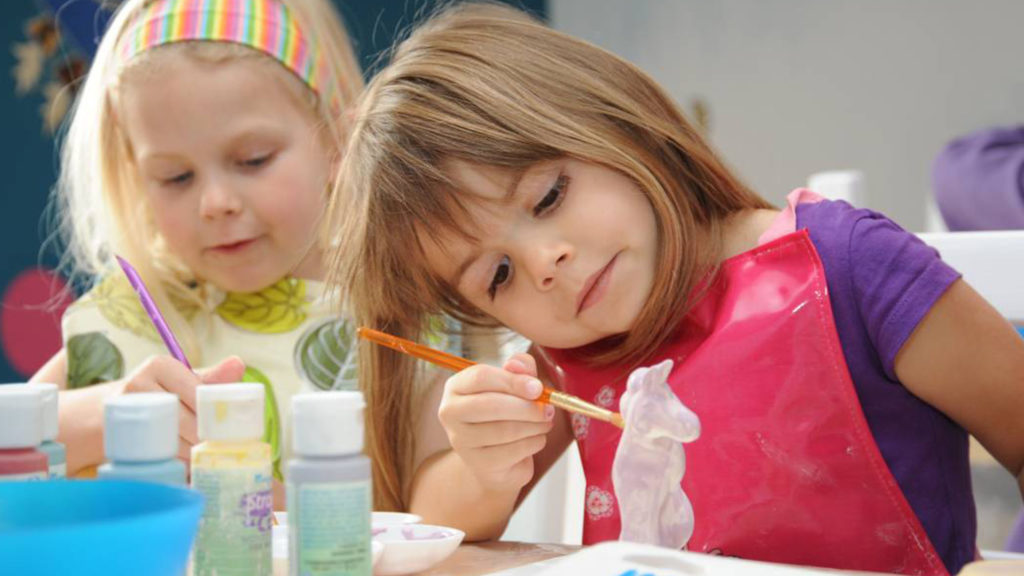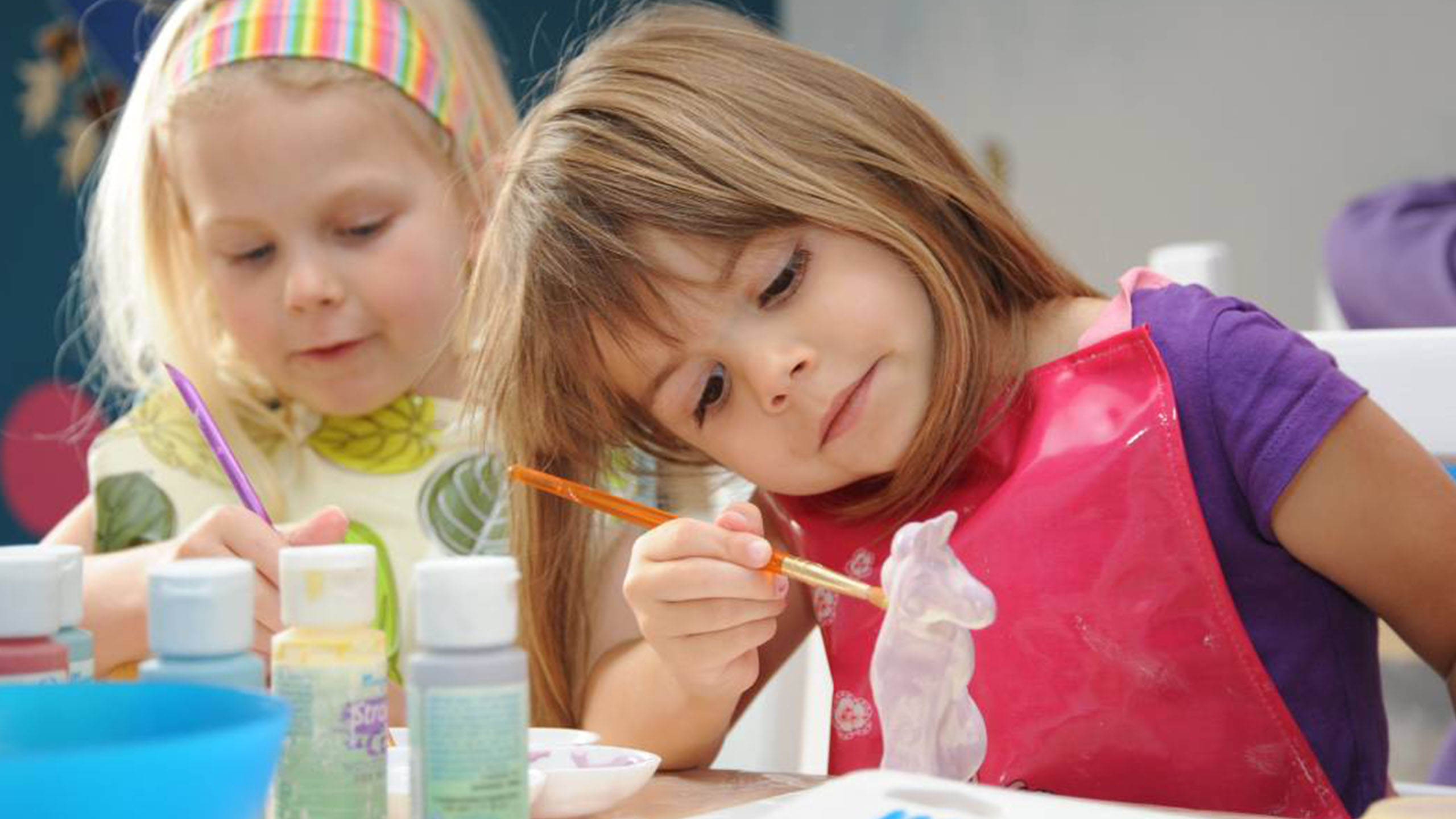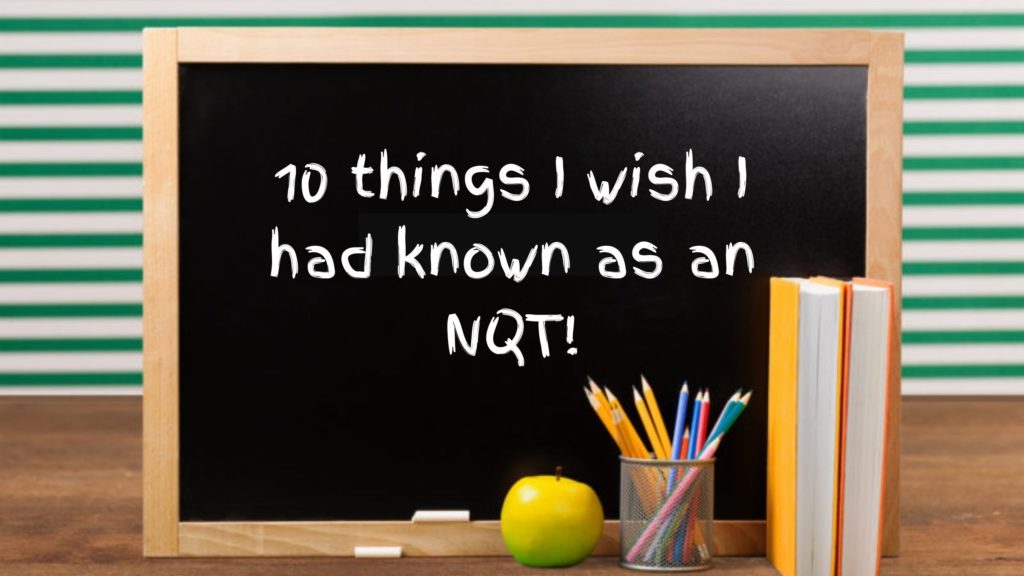Which artists will you study?

When teaching art, design and craft it is important to teach the pupils about real artists and their work. The decision about which ones to focus upon is therefore up to you and/or the art curriculum frame that has been developed in your school.
In KS1 the National Curriculum states that the pupils should know about the work of a range of artists, craft makers and designers, describing the differences and similarities between different practices and disciplines. In KS2, the pupils develop this further by knowing about the great artists, architects and designers in history.
So which artist will be your focus?
1. Painting – start with painters that inspire and capture the imagination of your pupils.
Picasso is an obvious choice as his work is prolific and his many ‘periods’ within his career makes his work incredibly accessible. The resourcing of a lesson looking at his work would be relatively easy; most art shops have postcards, prints, posters of his work and the internet is equally abundant.
You can use his ‘blue’ period as a starting point and develop portraits of one another or self, using the varying shades of blue as the palette.
Frida Kahlo is also a prolific self-portrait painter using blocks of colour and imagery that can be easily accessible to primary age pupils. Again, Kahlo’s paintings are an excellent starter to self-portraiture and developing the colour palette.
2. Drawing – looking at artist’s technique when drawing using pencil, charcoal and pen will enable the pupils to observe technique and form.
Leonardo da Vinci drew an abundance of hand studies using a pencil. Again, this is a great starting point for the pupils and gives them the opportunity to use a range of pencils for outlining, shading and filling in.
Kelvin Okafor is an equally skilled draughtsperson using a pencil to develop portraits that mirror photographs. Okafor uses the pencil to again outline, shade and block in colour and tone. Pupils can study his many portraits and his studies of animals and landscapes and develop their own technique.

3. Sculpture – sculpture is one of the most inspiriting mediums for pupils; choosing a sculpture who uses unusual resources to make the shapes and form of the piece will spark a creative journey for the pupils.
Barbara Hepworth used more abstract forms to represent the human body and natural objects. She used stone, marble, wood, bronze and clay and her work is often displayed outside and on a plinth. The pupils can work on large sculptures and use a variety of techniques to do so.
Jason deCaires Taylor is an underwater sculptor whose work is displayed in the Caribbean Sea. The sculptures are figurative and over time evolve into coral reefs! Quite amazing and definitely a good starting point for any teacher wanting a cross-curricular link to geography and science!
The opportunities for study are enormous! Have fun with art and investigate and research up and coming artists who may be available to visit your school and work with the class. It is often fascinating to learn and to know how people became artists and how they work and make a living!
It’s the perfect way to show the various opportunities to be creative and to be inspired!








Responses